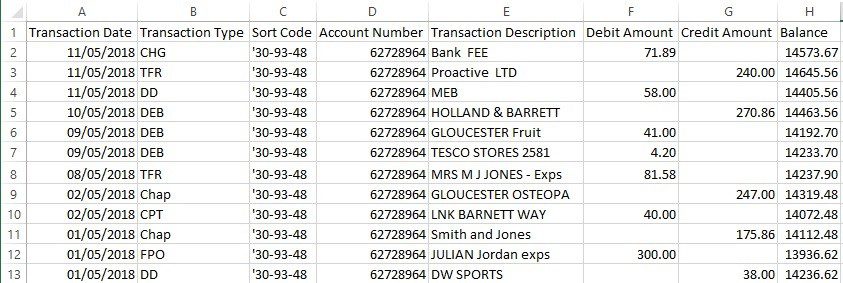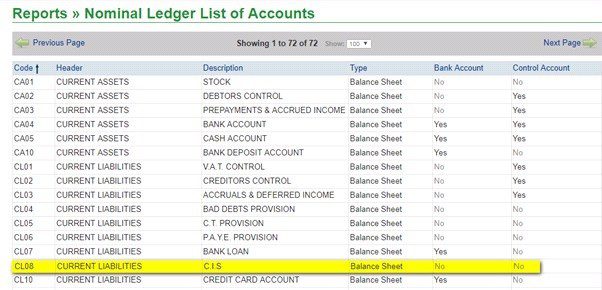Before you commence any data entry, it is vital that you give due consideration to the following, and then choose one of the suggested methods that best suits your situation.
Points to consider
How much information do you need to transfer from the existing system and do you intend to continue to use the existing system in parallel until it is fully matched. This will determine the next step in the treatment of opening balances. There are three scenarios
– Transfer just the opening balances at a point in time.
– Transfer all outstanding transactions to allow queries to be dealt with and to produce detailed statements for customers.
– Transfer a quantity of history to enable the existing system to be shelved.
Nominal Ledger Opening Balances only
All opening balances should be posted as journals, found in Adjustments>Accounting Adjustments>Standard Journals.
Before using one of the suggested methods, first ensure the following:
– The nominal ledger structure and control accounts are set to your requirements.
– All nominal ledger accounts have been created.
– Check whether the bank balances agree to those on the bank statement – and whether any outstanding items will affect the opening balances e.g. Items on the statement not yet posted.
Method 1 (Ideal scenario).
It’s the start of a new financial year and you have a full trial balance and list of debtors and creditors. Important: Use the first day of the new financial year as the accounting date throughout the posting of the opening balance – See Set Accounting Date.
Post opening sales ledger balances to the individual customer accounts in the sales ledger either as individual Invoices – Post the gross amount as VAT code N and code the nominal to XXXX – Suspense account or alternatively just post 1 Invoice for the total amount outstanding – with narrative as ‘Opening Balance’ and again post the gross amount to suspense .
In the same way post opening purchase ledger balances to the individual supplier accounts in the purchase ledger, either as individual Invoices or alternatively just post 1 Invoice for the total amount outstanding and analyse each entry to the nominal ledger suspense account XXXX.
Finally, post the nominal ledger opening balances from the trial balance, but do not post the total debtors & creditors balances to the control accounts, instead, post them to the suspense account. This is because these entries have already been made automatically by virtue of posting the opening sales and purchase ledger balances. The suspense account balance should now be zero.
Always keep printouts of opening debtors, creditors and trial balance.
Method 2
You have a full trial balance and a list of debtors and creditors but it is not at the start of a new financial year. Follow the procedures in Method 1 but use the first convenient day to date the opening balances.
Method 3
It’s the start of a new financial year and you have a list of debtors, creditors, reconciled cash book balances, V.A.T., etc.but a full trial balance is not yet available.
Post sales and purchase ledger balances as described in Method 1, and journal opening bank and V.A.T. balance, posting the total of the remaining nominal ledger balances to the suspense account.
If, at a later time, you can obtain a full opening trial balance, you can post the remaining nominal ledger balances, the balances already entered should be posted to the suspense account. The accumulated totals to date should now be correct and the suspense account balance zero. When you receive the opening trial balance, remember to first check that the stated debtors, creditors, bank, V.A.T. and any other balances, agree with those you actually entered as opening balances. If they do not, find out why and make the necessary adjustments. If you do not, then the suspense account balance will not return to zero and your accounts will not be correct.
If you do not have opening balances when you wish to start using Prelude raise invoices etc and post – you will be able to enter your opening balances later (see Method 1 above)- but when you do ensure you use dates prior to the first entries you made.



